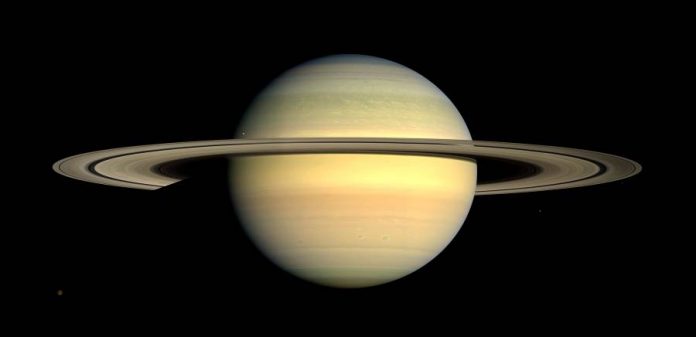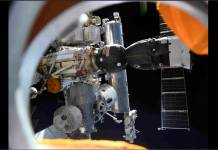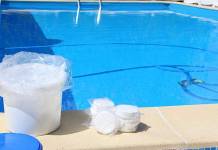
On Wednesday, November 30, NASA’s Cassini spacecraft will begin a series of maneuvers to get close to the rings of Saturn. The so-called ‘Ring-Grazing Orbits’ will be Cassini’s last mission before plunging into Saturn’s atmosphere next year when it runs out of fuel.
The Cassini-Huygens mission launched on October 15, 1997, and it is set to end with the destruction of the Saturn probe almost 20 years later after its launch in September next year.
Cassini, like other missions before it, has outlasted its life expectancy. NASA has put the fuel surplus to good use in further exploring and data collection, gathering almost 600 GB of information and 380,000 pictures of Saturn.
NASA’s Cassini-Huygens mission moves on despite increasing concerns over Donald Trump’s stances on space exploration. The President-Elect believes NASA’s primary mission should be deep space exploration endeavors like Cassini instead of Earth climate monitoring.
How will Cassini carry out the ‘Ring-Grazing Orbits’?
The Cassini spacecraft will approach the F Ring of Saturn’s primary ring system in a weekly regime of dives to examine the composition of the satellites. These maneuvers will continue until April next year.
Saturn’s F Ring marks the outer edge of the gas giant’s planetary ring system. Closer to the planet itself is the A, B, C, and D rings, while beyond the F Ring are the G and E rings.
Linda Spilker of NASA’s Jet Propulsion Laboratory and leading scientist of the Cassini mission said the spacecraft’s efforts would not be merely exploratory but also analytical.
“We’re calling this phase of the mission Cassini’s Ring-Grazing Orbits because we’ll be skimming past the outer edge of the rings. In addition, we have two instruments that can sample particles and gasses as we cross the ring plane, so in a sense, Cassini is also ‘grazing’ on the rings,” Spilker said.
Cassini mission’s Grand Finale will take place next year
As the spacecraft gets to the end of its life, the Ring-Grazing Orbits put it closer to the diving point where it will go down to Saturn in September 2017.
Cassini scientists will perform one last engine burn during the ring exploration phase to locate and secure the probe into orbit to enter the Saturn atmosphere next year.
All further navigation of the Cassini spacecraft will rely on thrusters rather than engine power since the spacecraft will have little to no fuel left by then. Mission specialists plan to use fuel reserves to adjust the course of Cassini in case it drifts away.
#SaturnSaturday #ICYMI: We're about to begin a thrilling ride as we enter the first phase of the mission's endgame: https://t.co/iTd5efa389 pic.twitter.com/9AUu8tXsts
— NASA Solar System (@NASASolarSystem) November 26, 2016
Cassini-Huygens mission intends to destroy the probe by sending it plunging into Saturn respond to contamination concerns of Saturn’s moons. The spacecraft’s crash on Titan or Enceladus could disrupt the recently discovered ecosystems by Cassini itself.
Cassini will dive into Saturn’s atmosphere on September 15 next year after orbiting the rings of the gas giant 22 times and gaining momentum by going around the moon Titan and back.
Source: NASA











